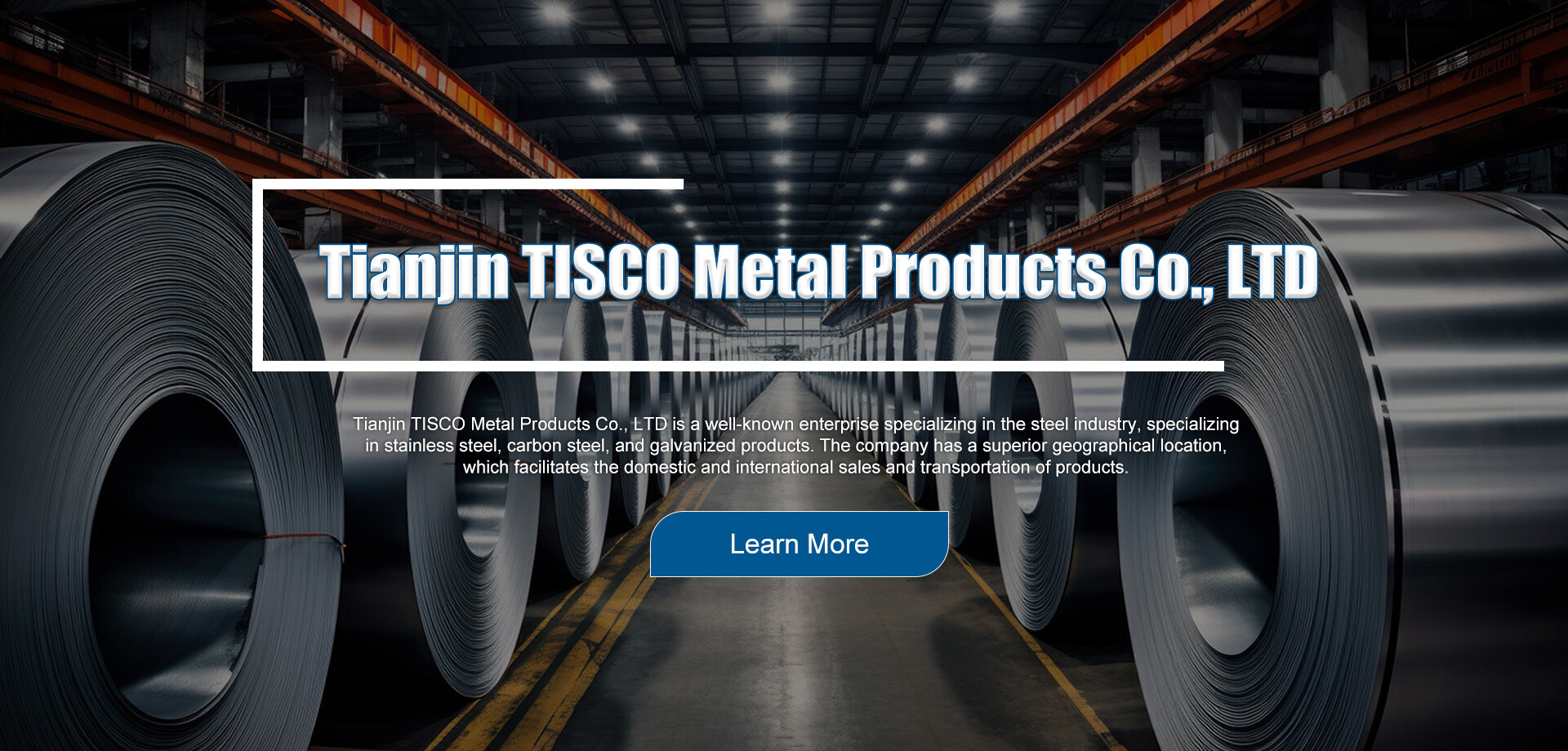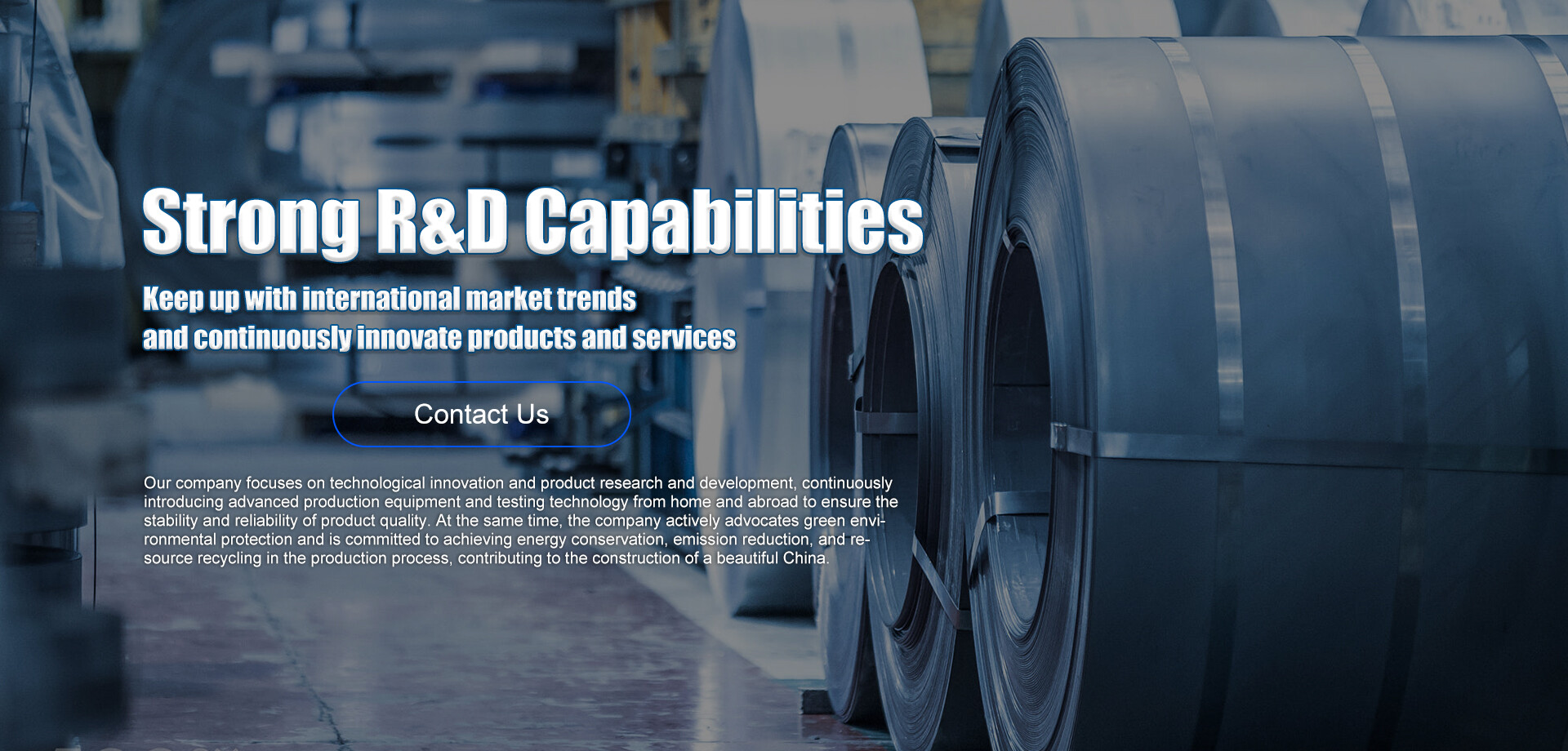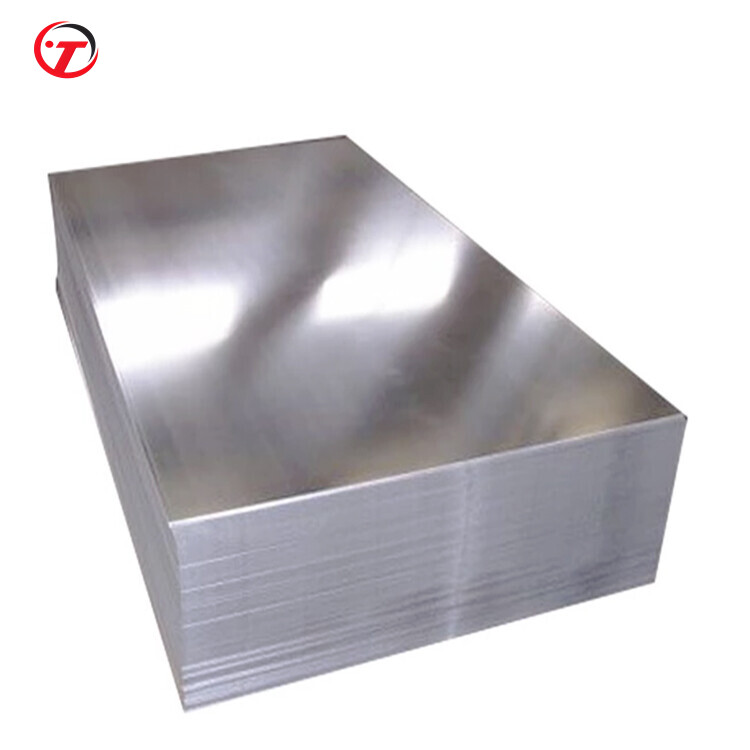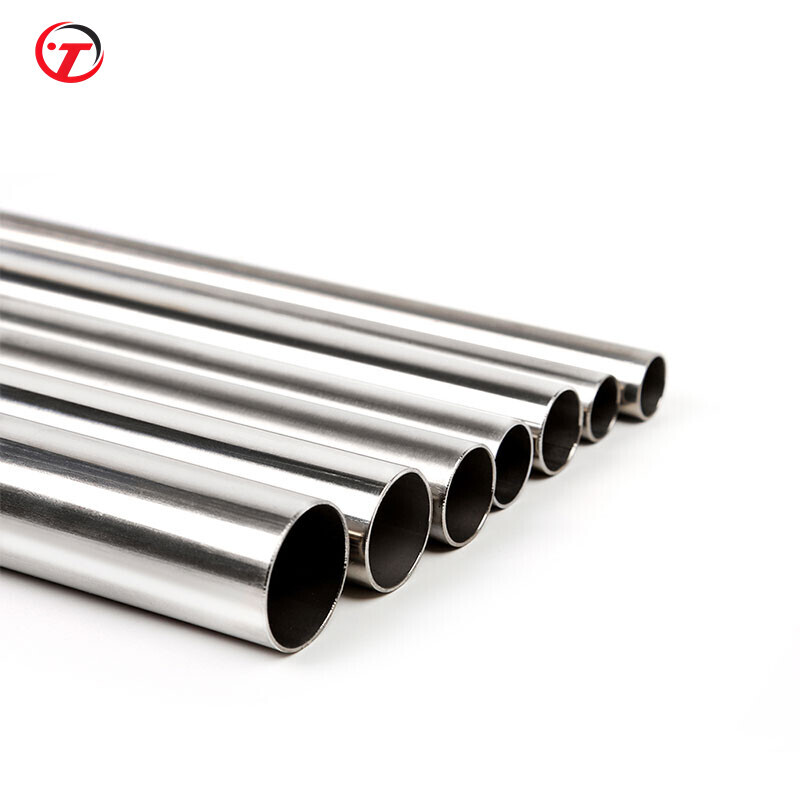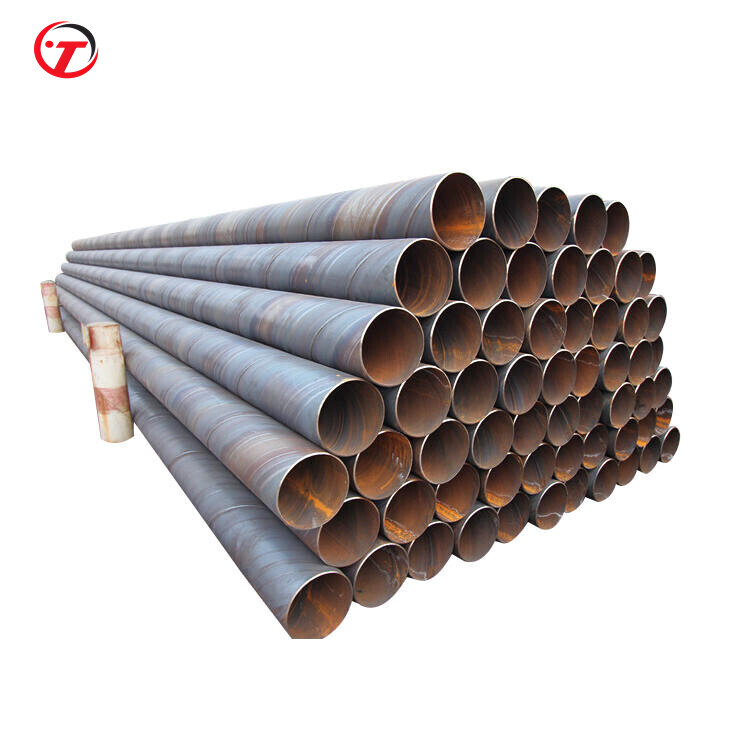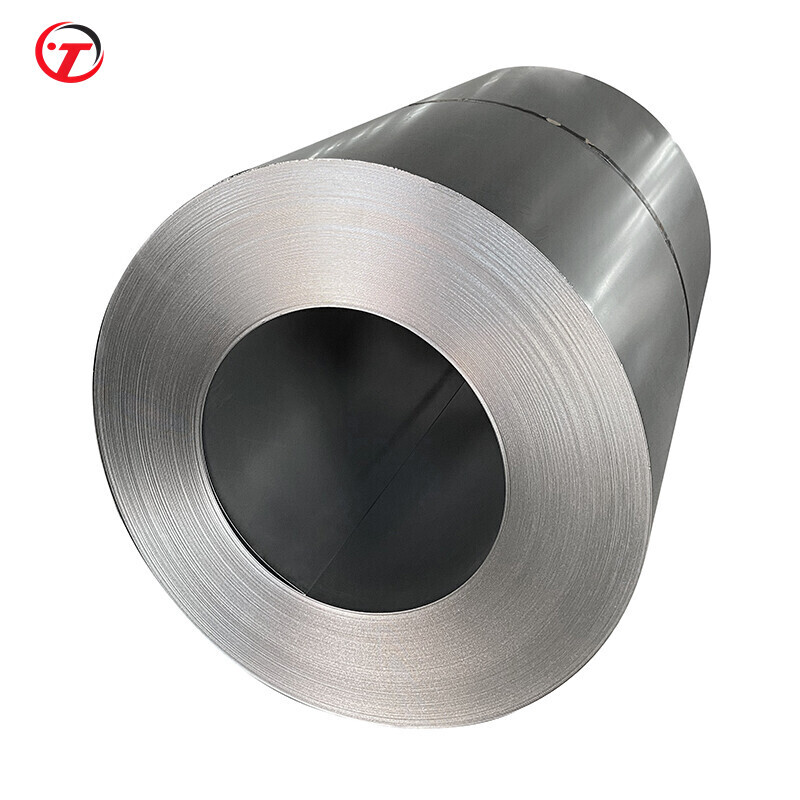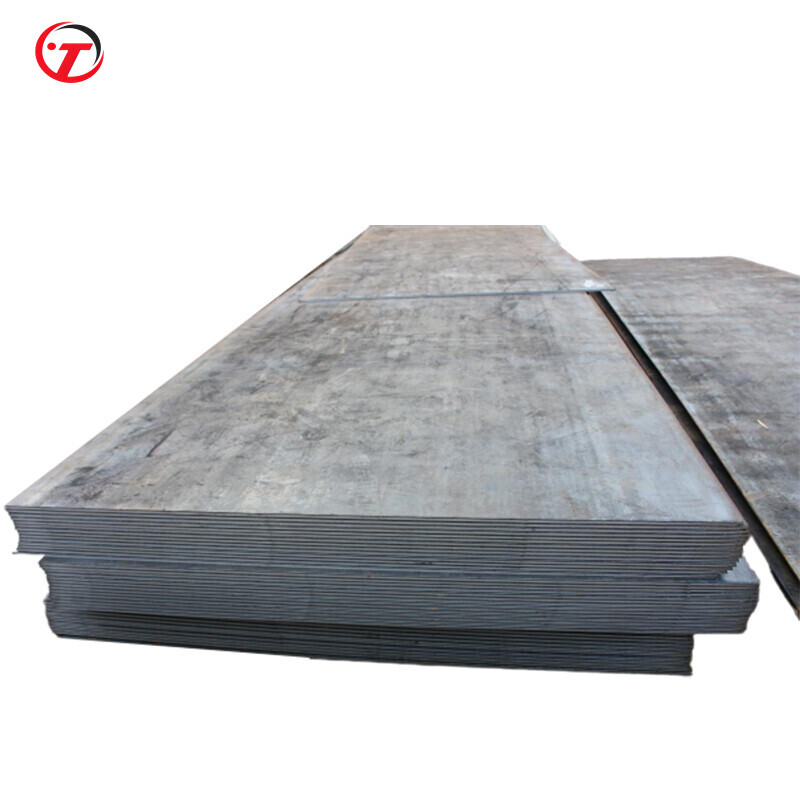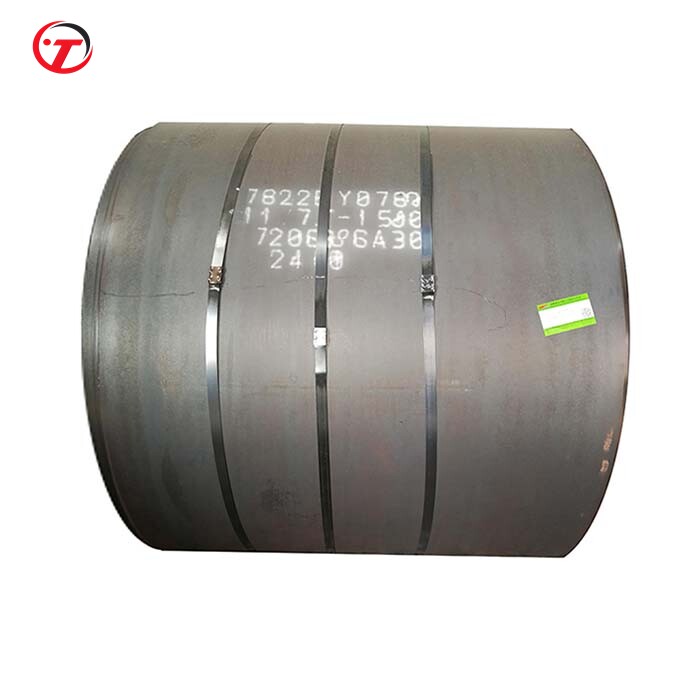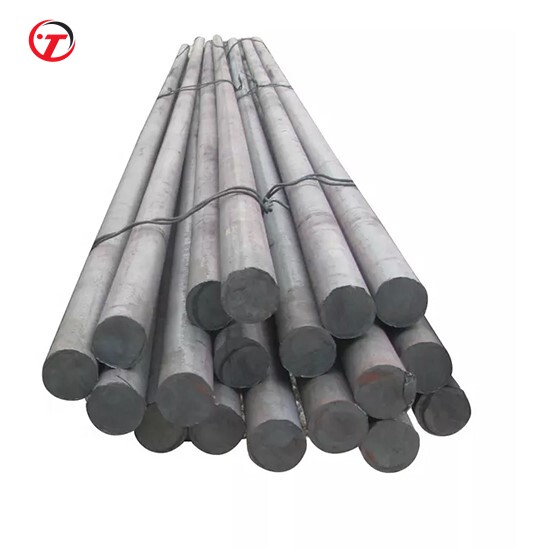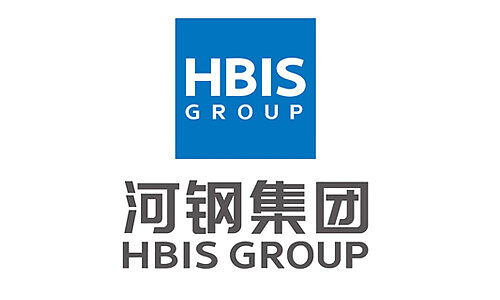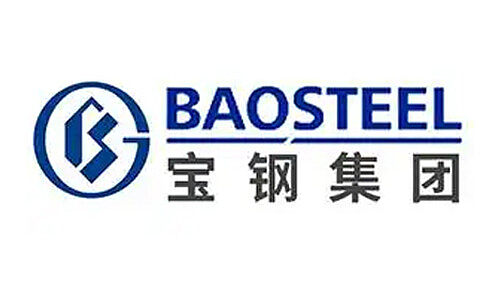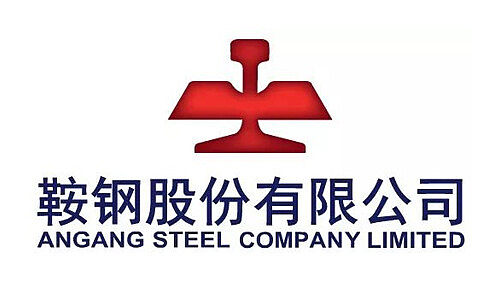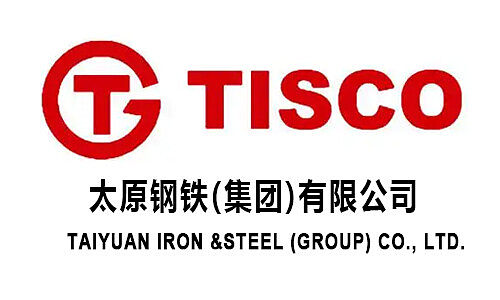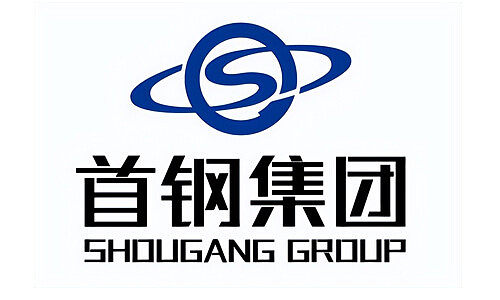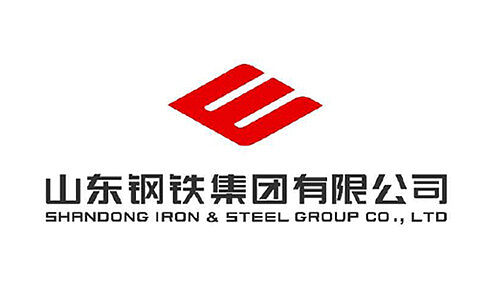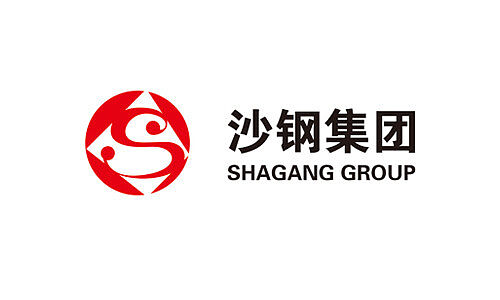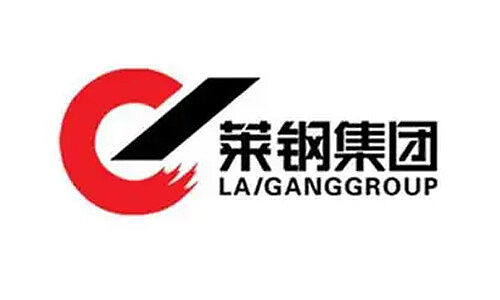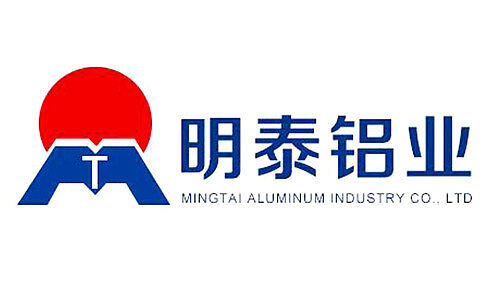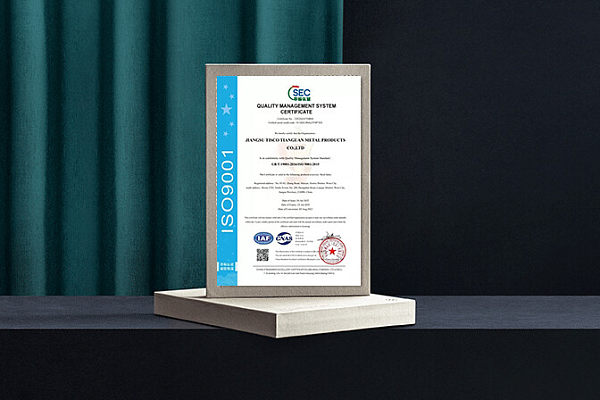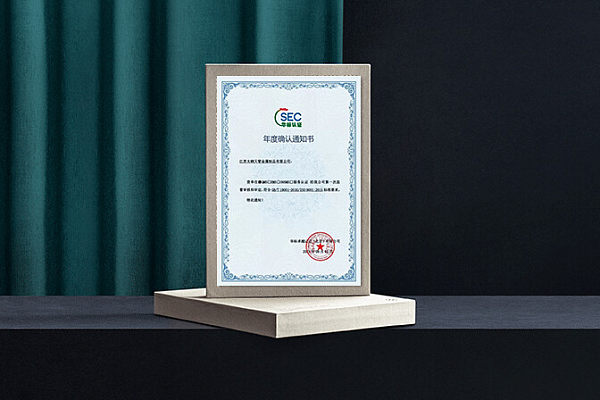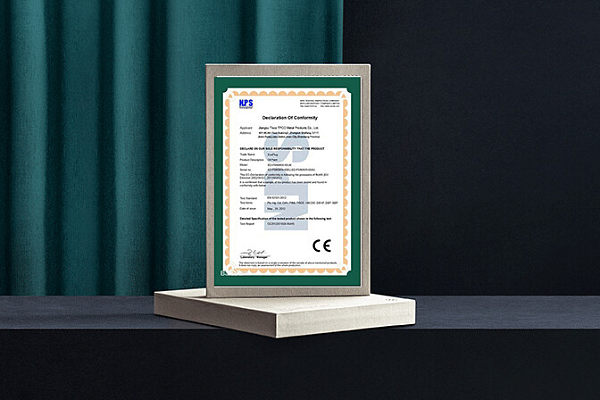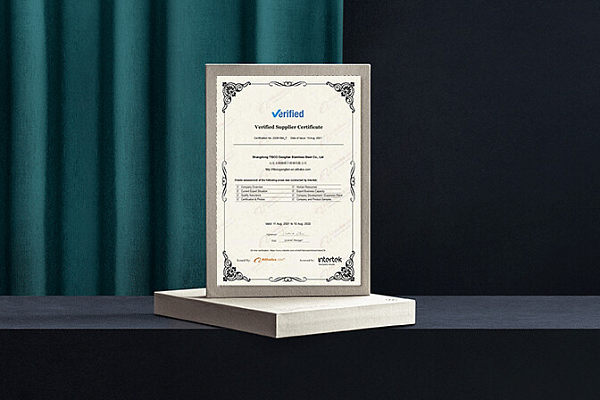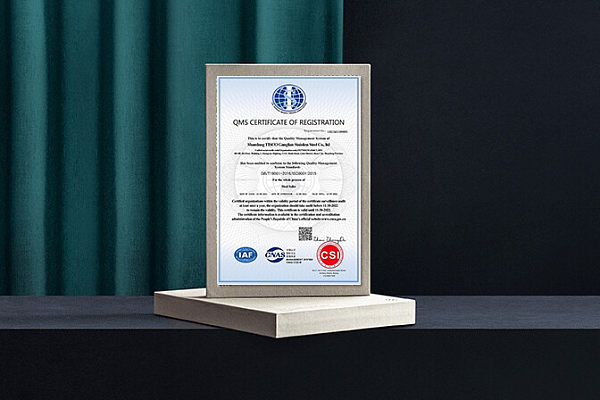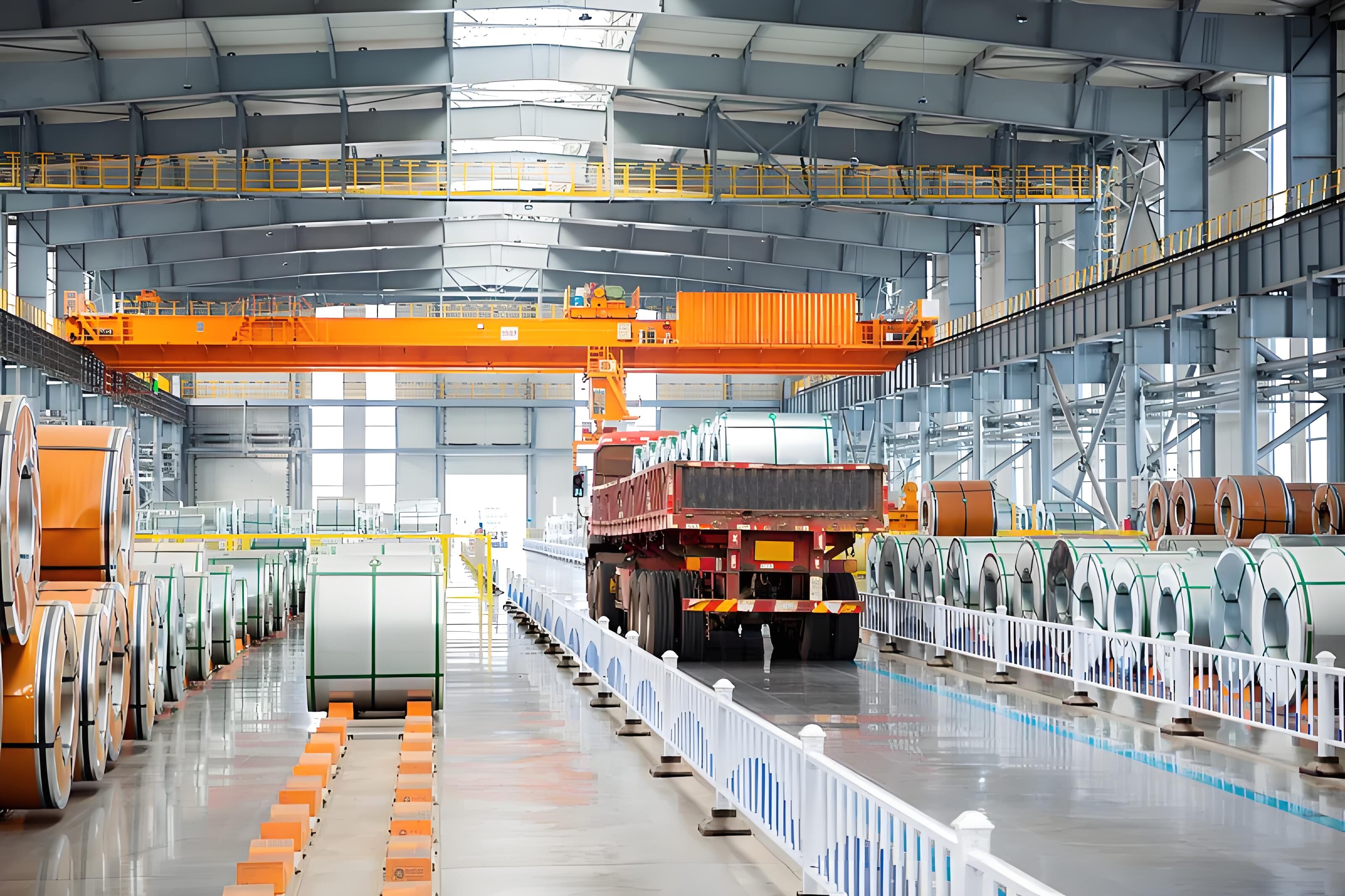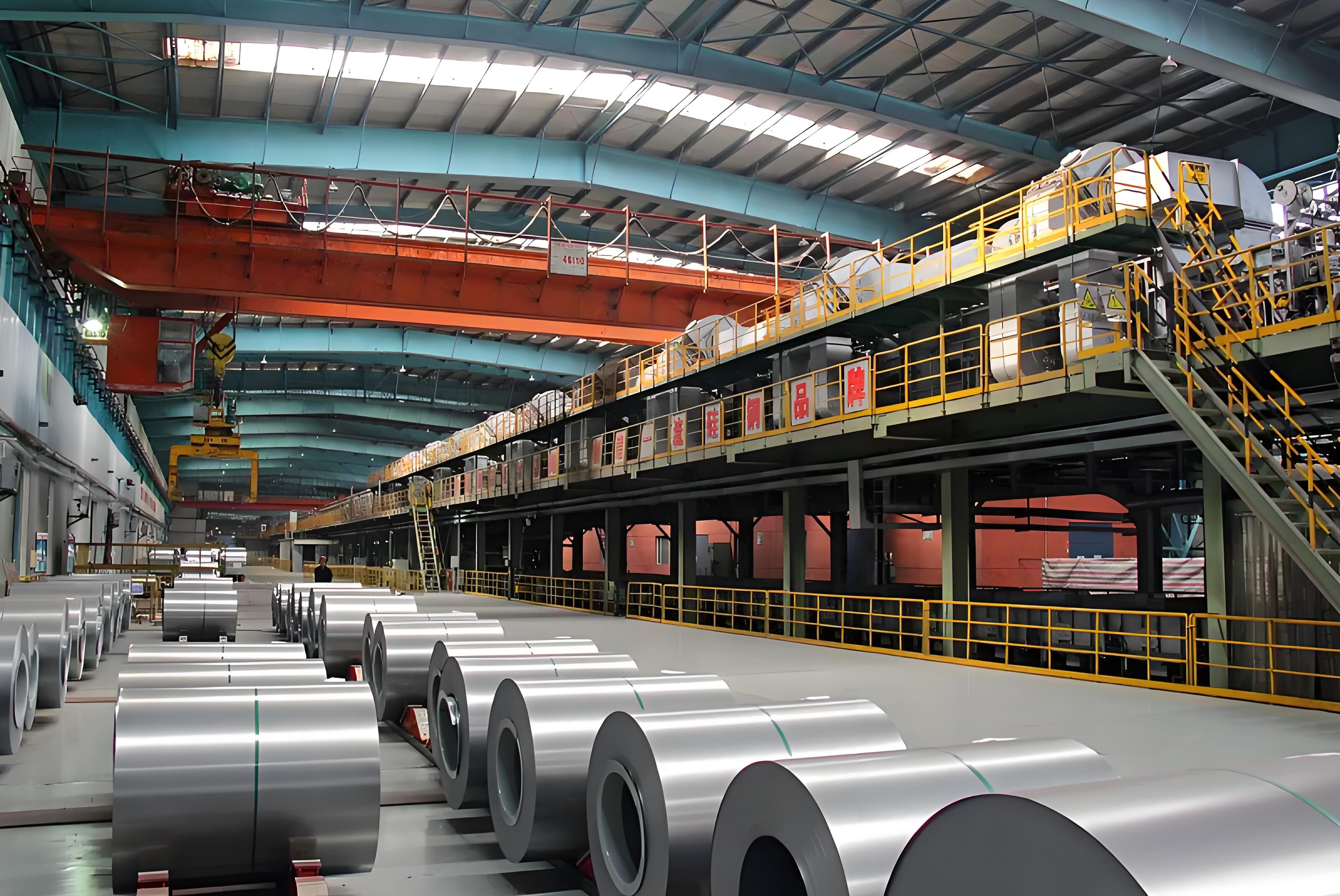10
+
Technology Accumulation
80
+
Countries and Regions
80
+
Work Team
900
+
Customer Recognition
Tianjin TISCO Metal Products Co., LTD is one of the largest steel companies in China, with modern production equipment, an annual output value of over 100 million yuan, and an annual output of millions of tons of steel.
TISCO is well-known for its outstanding technical strength and rich product lines. It mainly produces stainless steel, special steel and high-quality carbon steel, which are widely used in many industries such as construction, transportation, automobile, aerospace, etc.
TISCO's products are not only well-known in the domestic market, but also exported to many countries and regions such as the United States, Europe, Southeast Asia and the Middle East. The company relies on an efficient logistics and transportation system to ensure that products can be delivered to customers quickly and safely. With its excellent product quality and service, TISCO has occupied an important position in the global steel industry and has become the preferred partner of many customers.
Advanced equipment and exquisite craftsmanship!
One-stop high-quality steel solution provider, committed to providing customers with the highest quality and most suitable steel products
 Stainless Steel PlateStainless steel plate surface smooth, high plasticity, toughness and mechanical strength, acid, alkaline gas, solution and other media corrosion. It is a kind of alloy steel that is not easy to rust, but it is not absolutely rust free. Stainless steel plate refers to the air, steam and water and other weak medium corrosion steel plate, and acid resistance steel plate is acid, alkali, salt and other chemical corrosion medium corrosion steel plate. Stainless steel plate since the beginning of the 20th century, has a history of more than 1 century.Read More
Stainless Steel PlateStainless steel plate surface smooth, high plasticity, toughness and mechanical strength, acid, alkaline gas, solution and other media corrosion. It is a kind of alloy steel that is not easy to rust, but it is not absolutely rust free. Stainless steel plate refers to the air, steam and water and other weak medium corrosion steel plate, and acid resistance steel plate is acid, alkali, salt and other chemical corrosion medium corrosion steel plate. Stainless steel plate since the beginning of the 20th century, has a history of more than 1 century.Read More Stainless Steel PipeStainless steel pipe/tube is a kind of hollow long circular steel, mainly widely used in petroleum, chemical, medical, food, light industry, machinery instrument and other industrial conveying pipes and mechanical structure components. In addition, the bending, torsional strength is the same, the weight is light, so it is also widely used in the manufacture of mechanical parts and engineering structures. Also commonly used for furniture kitchenware and so on.Read More
Stainless Steel PipeStainless steel pipe/tube is a kind of hollow long circular steel, mainly widely used in petroleum, chemical, medical, food, light industry, machinery instrument and other industrial conveying pipes and mechanical structure components. In addition, the bending, torsional strength is the same, the weight is light, so it is also widely used in the manufacture of mechanical parts and engineering structures. Also commonly used for furniture kitchenware and so on.Read More Carbon Steel PipeCarbon steel pipe in the performance of the outstanding performance is high yield strength and stress corrosion resistance, has good weldability, welding cold crack and hot crack are less sensitive.
Carbon Steel PipeCarbon steel pipe in the performance of the outstanding performance is high yield strength and stress corrosion resistance, has good weldability, welding cold crack and hot crack are less sensitive.
Carbon steel tubes are divided into hot rolled and cold rolled (drawn) steel tubes.
Hot rolled carbon steel tubes are divided into general steel tubes, low and medium pressure boiler tubes, high pressure boiler tubes, alloy steel tubes, stainless steel tubes, petroleum cracking tubes, geological tubes and other steel tubes.
Cold rolled (dial) carbon steel pipe generally are divided into general steel pipe, low and medium pressure boiler steel pipe, high pressure boiler steel pipe, alloy steel pipe, stainless steel pipe, petroleum cracking pipe, other steel pipe, also includes carbon thin wall steel pipe, alloy thin wall steel pipe, stainless steel pipe, special-shaped steel pipe.Read More 304L Stainless Steel CoilStainless steel coils are widely used in the production of equipment and parts requiring good comprehensive performance (corrosion resistance and molding), such as food production equipment, tableware, chemical equipment, nuclear energy, exterior materials, building materials, automotive parts (semi liquid tank tank), medical instruments, fiber industry and ship parts, etc.Read More
304L Stainless Steel CoilStainless steel coils are widely used in the production of equipment and parts requiring good comprehensive performance (corrosion resistance and molding), such as food production equipment, tableware, chemical equipment, nuclear energy, exterior materials, building materials, automotive parts (semi liquid tank tank), medical instruments, fiber industry and ship parts, etc.Read More Carbon Steel PlateCarbon steel plates have many uses and a large amount. They are mainly used in railways, bridges, and various construction projects to manufacture various metal components that bear static loads, and unimportant mechanical parts and general welded parts that do not require heat treatment.Read More
Carbon Steel PlateCarbon steel plates have many uses and a large amount. They are mainly used in railways, bridges, and various construction projects to manufacture various metal components that bear static loads, and unimportant mechanical parts and general welded parts that do not require heat treatment.Read More Carbon Steel CoilCarbon steel coils have the same strength and toughness and are easy to process and weld, so they are widely used in construction, manufacturing, transportation, chemical industry and other fields.Read More
Carbon Steel CoilCarbon steel coils have the same strength and toughness and are easy to process and weld, so they are widely used in construction, manufacturing, transportation, chemical industry and other fields.Read More Carbon Steel BarCarbon steel round bar can be used in many fields such as building, automobile, shipbuilding, petrochemical, machinery, medicine, food, electric power, energy, space, building and decoration, etc. It be made into mould template, mortise pin, column .This kind of steel have good mechanical property, is widely used in structural parts which may support stress alternation, especially made into some connecting rods, bolts, wheel gear... This kind of steel is the most common blanks and materials of shaft parts. Its die welding material model is CMC-E45.Read More
Carbon Steel BarCarbon steel round bar can be used in many fields such as building, automobile, shipbuilding, petrochemical, machinery, medicine, food, electric power, energy, space, building and decoration, etc. It be made into mould template, mortise pin, column .This kind of steel have good mechanical property, is widely used in structural parts which may support stress alternation, especially made into some connecting rods, bolts, wheel gear... This kind of steel is the most common blanks and materials of shaft parts. Its die welding material model is CMC-E45.Read More Carbon Steel Square BarCarbon steel square bar can be used in many fields such as building, automobile, shipbuilding, petrochemical, machinery, medicine, food, electric power, energy, space, building and decoration, etc. It be made into mould template, mortise pin, column .This kind of steel have good mechanical property, is widely used in structural parts which may support stress alternation, especially made into some connecting rods, bolts, wheel gear... This kind of steel is the most common blanks and materials of shaft parts. Its die welding material model is CMC-E45.Read More
Carbon Steel Square BarCarbon steel square bar can be used in many fields such as building, automobile, shipbuilding, petrochemical, machinery, medicine, food, electric power, energy, space, building and decoration, etc. It be made into mould template, mortise pin, column .This kind of steel have good mechanical property, is widely used in structural parts which may support stress alternation, especially made into some connecting rods, bolts, wheel gear... This kind of steel is the most common blanks and materials of shaft parts. Its die welding material model is CMC-E45.Read More
Chemical industry
Chemical industry
steel is used to construct facilities such as large storage tanks, refining equipment, and chemical pipelines
Natural gas industry
Natural gas industry
Steel is also widely used in the energy industry, such as oil and gas pipelines
Oil Pipeline
Oil Pipeline
In the oil and gas industry, carbon steel is used to manufacture various equipment and pipelines
Ship
Ship
In shipbuilding, steel is used to manufacture key components such as ship structures and engine parts.
Stadium
Stadium
Steel plays an important role in steel structure buildings such as high-rise buildings, large-span buildings, and sports venues
GLOBAL
CUSTOMER
In the domestic steel industry, we are always customer-oriented and committed to providing high-quality steel products and professional services. Our products cover multiple series such as construction steel, mechanical steel, special steel, etc., which are widely used in key areas such as construction, transportation, manufacturing, etc. to meet the needs of different industries.
Our sales network is all over the country, including Southeast Asia, the Middle East, Europe, Africa, Central Asia and other places. We always adhere to honest management and win the trust and support of customers with high-quality products and first-class services. Choose us, you will have a reliable partner to create a better future together!

 2025-01-17Our company actively fulfills social responsibility and promotes green developmentAs a responsible enterprise, our company always prioritizes fulfilling social responsibility. The company actively responds to the national green development strategy, increases investment in environmental protection, and promotes low-carbon and environmentally friendly production methods and technologies. At the same time, our company actively participates in social welfare undertakings and contributes to the construction of education, medical and other infrastructure in poverty-stricken areas. Through these measures, our company has not only enhanced its social image, but also made positive contributions to achieving sustainable development goals.Learn More
2025-01-17Our company actively fulfills social responsibility and promotes green developmentAs a responsible enterprise, our company always prioritizes fulfilling social responsibility. The company actively responds to the national green development strategy, increases investment in environmental protection, and promotes low-carbon and environmentally friendly production methods and technologies. At the same time, our company actively participates in social welfare undertakings and contributes to the construction of education, medical and other infrastructure in poverty-stricken areas. Through these measures, our company has not only enhanced its social image, but also made positive contributions to achieving sustainable development goals.Learn More 2025-01-17Our company optimizes service processes to enhance customer satisfactionIn order to further improve customer satisfaction, our company has comprehensively streamlined and optimized the service process. From customer demand analysis, product recommendation, contract signing to logistics distribution and after-sales service, every link strives to be meticulous, efficient and convenient. At the same time, our company has strengthened communication and interaction with customers, collected feedback in a timely manner, and continuously improved service quality. Through these efforts, our company has successfully won the trust and support of our customers.Learn More
2025-01-17Our company optimizes service processes to enhance customer satisfactionIn order to further improve customer satisfaction, our company has comprehensively streamlined and optimized the service process. From customer demand analysis, product recommendation, contract signing to logistics distribution and after-sales service, every link strives to be meticulous, efficient and convenient. At the same time, our company has strengthened communication and interaction with customers, collected feedback in a timely manner, and continuously improved service quality. Through these efforts, our company has successfully won the trust and support of our customers.Learn More 2025-01-17Our company has won industry awards, showcasing our brand strengthAt the recent annual ceremony of the steel industry, our company was awarded the "Best Steel Enterprise of the Year" award for outstanding business performance, high-quality product quality, and service level. The achievement of this honor is not only a recognition of our company's hard work over the past year, but also an encouragement and motivation for the company's future development. Our company will continue to adhere to the business philosophy of "quality first, customer first" and contribute to the prosperity and development of the steel industry.Learn More
2025-01-17Our company has won industry awards, showcasing our brand strengthAt the recent annual ceremony of the steel industry, our company was awarded the "Best Steel Enterprise of the Year" award for outstanding business performance, high-quality product quality, and service level. The achievement of this honor is not only a recognition of our company's hard work over the past year, but also an encouragement and motivation for the company's future development. Our company will continue to adhere to the business philosophy of "quality first, customer first" and contribute to the prosperity and development of the steel industry.Learn More

